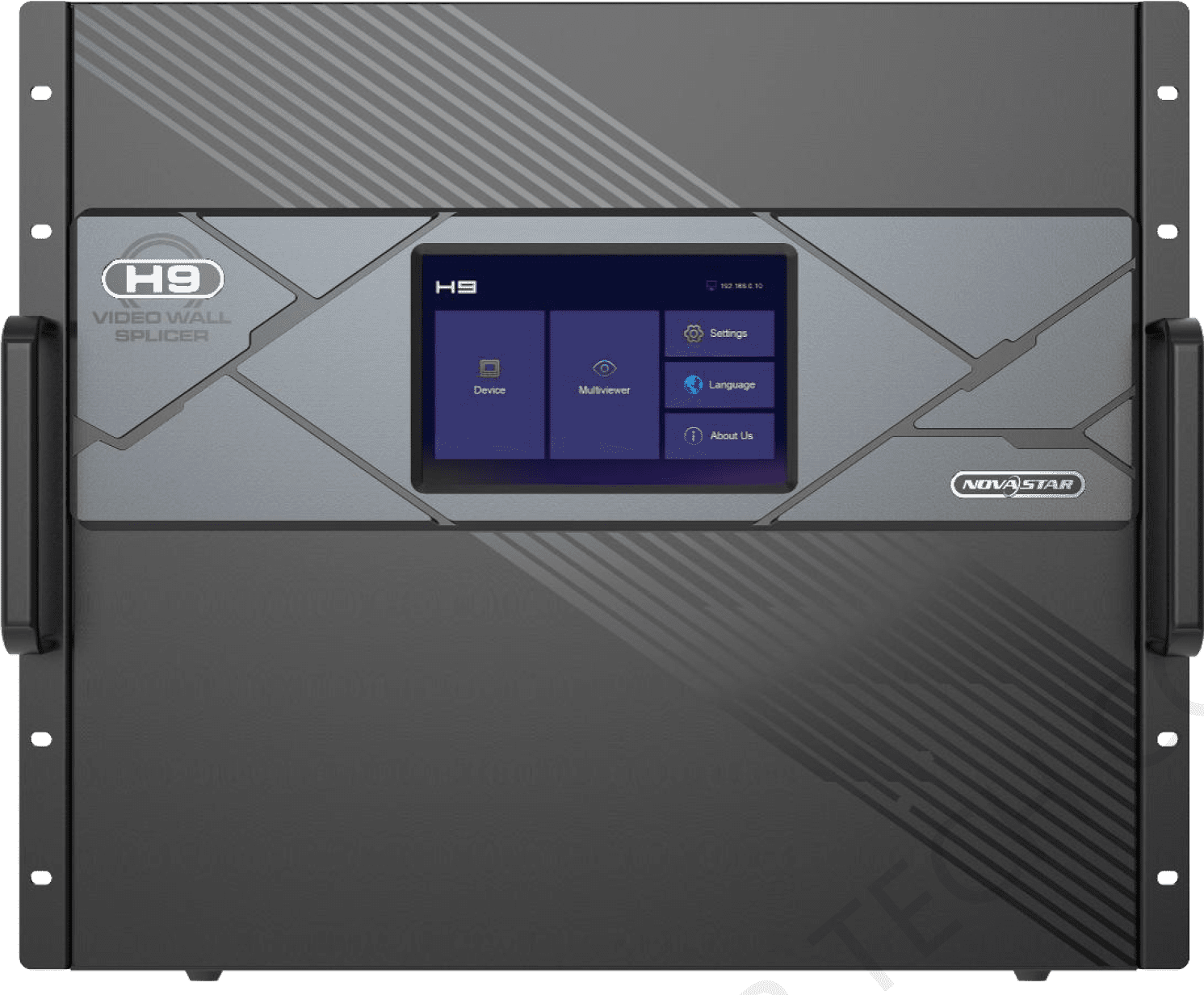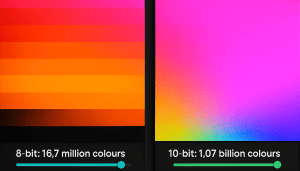Have you ever wondered what the difference between synchronous and asynchronous LED control systems was? Well, you’re in luck! In this blog post, we delve into the differences between synchronous and asynchronous LED control systems so that readers with a technical background can learn more about these systems. We will explore topics such as how these two methods of dispatching commands to LEDs compare, and their respective use cases, and then outline the impacts they have on everyday operations. Read on to discover how each style of system works – don’t miss out!
Asynchronous and Synchronous Control Systems for use with LED displays
1. Introducing asynchronous and synchronous control systems
2. What are the differences between asynchronous and synchronous control systems when it comes to LED displays
3. The benefits of using an asynchronous control system for LED displays
4. When should you use a synchronous control system instead of an asynchronous one
5. Examples of how different types of businesses can benefit from using either type of control system with their LED displays
6. How to choose the right control system based on your needs
Introducing asynchronous and synchronous control systems
LED control systems are becoming increasingly useful for applications ranging from large LED video walls to basic LED shop signs. Asynchronous and synchronous control systems define different approaches to controlling the RGB LED pixels in these applications. Asynchronous control allows the LED Display or sign to hold the media on the controller without the need for a source from a media player, DVD player or PC for instance. This makes it well-suited for applications like LED advertising displays in retail environments or scrolling messages in doctors or dentists for example. Synchronous control, on other hand, coordinates the LEDs so the displays they are controlling show a live view from a feed such as an HDMI cable, DP, DVI etc. This makes it ideal for sync-to-music displays or videos using software such as Resolume. Understanding the performance differences and use cases of both asynchronous and synchronous LED control systems is key to correctly selecting the right system for your application.
What are the differences between asynchronous and synchronous control systems when it comes to LED displays
LED displays can be managed using asynchronous and synchronous control systems. Asynchronous control systems are very reliable and require fewer management efforts, making them the preferred choice for many businesses. They don’t have issues with external input sources such as your PC installing updates at the worst possible time and just firing back up into their scheduled content after power loss. However, if you’re looking for a system that gives you more functionality through software-based customisation or integrates with third-party platforms, then synchronous control systems should be your pick. With better control over the output of your LED display and far higher resolutions to play with, the applications become much more comprehensive and vital to any operations that rely on on-the-fly content changes or source switching.
The benefits of using an asynchronous control system for LED displays
Asynchronous LED control systems offer a reliable and efficient solution for LED displays, providing maximum flexibility and control. They are easy to configure and can be controlled using either a cloud-based content management system or via mobile or PC-based applications. With an asynchronous system, the display can be changed remotely without requiring any additional hardware like a mini-pc connected to the controller. Furthermore, they typically come with powerful software tools and options that allow you to quickly customise their settings according to your needs via the cloud. All these features make asynchronous LED control systems a reliable choice for controlling virtually any kind of LED display.
When should you use a synchronous control system instead of an asynchronous one
Synchronous control systems are a great choice for high-resolution displays, those used to stream sports or those that require high-quality image accuracy. Additionally, synchronous control systems are favoured for input source switching since they are capable of doing so with a better user experience and the ability to choose from multiple sources. Other enhancements make it possible to create accurate visuals and smoother transitions in scenarios where high frame rate synchronisation and low latency are mission-critical. As such, synchronous control systems should be employed when high resolutions with top-quality visuals and rapid switching between sources are central to your needs.
Examples of how different types of businesses can benefit from using either type of control system with their LED displays
Retail stores and some businesses benefit from utilising an asynchronous LED control system for their LED displays; these systems are incredibly easy to use compared to synchronous ones, as once they are set up by the installation engineers only the basic commands such as schedule content or change of brightness are available. For events like stage shows, however, a synchronous LED control system is desired because the programming has to be controlled on the fly or the sources switched as required with many complex options available such as multiple picture in picture. Whichever type of system is chosen, LED displays can provide great value for any business by creating engaging content that catches customers’ eyes and drives sales.
How to choose the right control system based on your needs
When deciding on a control system, you need to take into account the type and size of the project you’re working on. Multiple companies offer both asynchronous and synchronous control cards such as Novastar and Brompton Technologies. Novastar has control systems geared towards both options across a wide range of applications where as Brompton focus mainly on high-end synchronous systems that are used predominantly for virtual production and XR filming. For basic projects that are low resolution, it’s best to use an asynchronous system which is chosen based on the total amount of pixels on the LED screen and it’s the same again when deciding on a synchronous system. Knowing what your end goal is and the resources required will help you decide which type of control system works best for your particular needs.
What type of dog do you have? Let me know in the comments below!
In conclusion, understanding the differences between asynchronous and synchronous control systems when it comes to LED displays is essential for obtaining optimal results. Asynchronous systems present greater reliability and do not require any additional media server hardware. Synchronous systems offer far more capabilities but are less reliable than asynchronous systems due to their reliability on external sources and their reliability/compatibility. As demonstrated, businesses that require complex visual presentations or require synchronisation of multiple displays will benefit most from using a synchronous control system. In contrast, businesses that need easy updates or use standard, scheduled formats would be best served by an asynchronous system. No matter which type of control system you choose for your LED display needs, determining the correct method for managing your lighting requirements is essential in achieving optimal performance from your LED setup.







